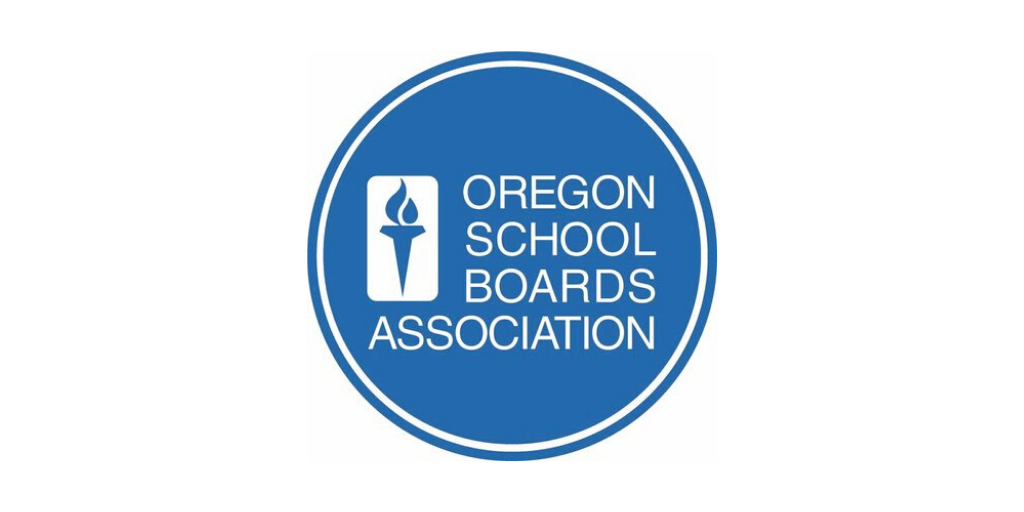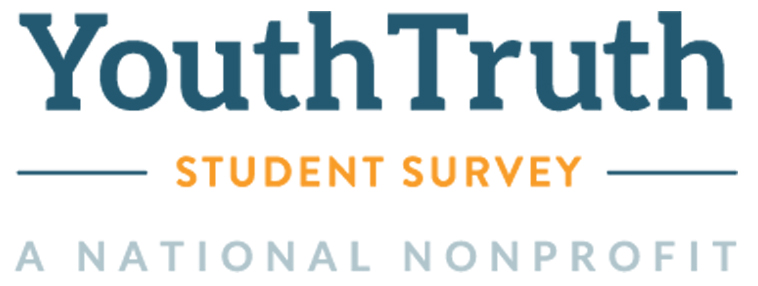

By Jake Arnold, communications and news specialist for the Oregon School Board Association. This article originally appeared on Thursday, July 25, 2019, in OSBA’s News Center.
The Corvallis School Board’s 2018-23 goals include increasing student voice and supporting student mental health, but those goals can’t be measured by typical data points, such as graduation rates or credit attainment.
Enter YouthTruth.
The student survey offers timely feedback on school culture, relationships and overall school experience as well as comparisons with other schools and past years. YouthTruth, which is used in 38 states, has grown in the past year from being used in six Oregon districts to 24.
Corvallis board members had data on five-year completer rates and Smarter Balanced scores, but they didn’t know much about the students’ mindset that made achievements possible.
In fall 2018, Corvallis middle and high school students took the district’s first YouthTruth survey. Elementary students will begin taking it in spring 2020.
Corvallis School Board member Vincent Adams said it was startling to see the rate at which students felt stressed and overwhelmed and had even considered killing themselves.
The survey’s results led to immediate changes in how the superintendent communicates with students and families about stressful events, such as lockdowns. It also prompted the district to add clinical counselors for the 2019-20 school year.
YouthTruth started in 2008. It offers elementary, middle and high school surveys for students, staff and family. The student survey is typically about $1,200 per school, regardless of size. The family survey is usually a $500 add-on and the staff survey is a $300 add-on. YouthTruth offers some discounts for small schools and education service districts.
YouthTruth works closely with administrators, showing how to use the data and offering professional development. Districts can contract for additional workshops, action plans and meetings.
“They are getting information they did not even know they needed,” said Jimmy Simpson Jr., a YouthTruth representative.
Schools across the country are taking student feelings more into account but Oregon schools have shown a particular interest in equity issues and the power of student engagement, according to Sachi Takahashi-Rial, YouthTruth director of partnerships. Oregon also showed a unique interest in using data to improve strategies, she said.
The Student Success Act, product of a 2018 statewide conversation about Oregon’s schools, puts a heavy emphasis on equity to improve outcomes and accountability to make sure districts are implementing effective programs.
Oregon education leaders have increasingly been looking at how students’ emotional and mental health affects academic outcomes, but they don’t have many tools to measure the student experience.
Eighth and 11th graders must take the Oregon Healthy Teens Survey, but those questions are more focused on behaviors: Do you do drugs?
YouthTruth probes students’ subjective experience. The survey asks students to rate areas such as student and teacher relationships, academic rigor and feelings about their school.
YouthTruth compiles the information in easy-to-read charts. Schools can disaggregate the information in a variety of ways, such as breaking specific question areas out by gender in just high-poverty schools, and compare it over years and against other schools.
In 2016, Medford was the first school district in Oregon to try YouthTruth.
“I was interested in how kids feel about school,” said Brian Shumate, Medford’s recently departed superintendent.
He said teachers thought their students were basically happy, but the results came back showing the students weren’t as happy as they thought, they weren’t connected and they didn’t feel prepared for post-graduation.
“Some of it is not easy to look at,” he said.
Medford stepped up its suicide prevention and mental health efforts, creating a crisis coordinator position. Medford also responded with more focused communications efforts, such as letting students know about courses and resources to prepare them for college and other endeavors.
Shumate said one key aspect of the survey is that it gives voice to the broad middle of students who administrators and teachers interact with far less than the high-flying students and the students in trouble.
“Kids are maybe more honest with an anonymous survey then they are talking to their teachers face to face,” he said.
Medford School Board member Jim Horner said the survey has provided a wealth of useful information.
“The data comes straight out of the kids,” he said. “There is no funny business.”
The results come back quickly, allowing schools to check programs’ progress and adjust during the same school year.
Corvallis leaders found their relationship efforts were working but were surprised to learn that high school students felt unprepared for college even though district data showed its students doing well.
Corvallis also found that students in an alternative high school with smaller classes and more personal attention felt more prepared than students in the comprehensive high schools.
“It makes me think about what we can do in our larger high schools,” Superintendent Ryan Noss said.
He said he would use the data to support initiatives and identify student hurdles.
“We’re using student voice to determine whether financial investments are worthwhile,” Noss said. “We’re trying to have a more well-rounded perspective.”
Some North Clackamas School District schools will be taking their third survey this year.
“What we have realized is that we are guessing what our community is feeling,” said Rowe Middle School Principal Greg Harris.
The school had emphasized relationships with students but the first survey in June 2018 showed students hadn’t recognized the effort, he said.
Staff made a concerted effort to be more forthcoming about relationship-building. The second survey showed improvements, particularly in how students of color interpret and process staff perceptions about them.
Harris plans to use the growing body of data for a school improvement plan and to share the next survey’s results with the whole community.
Ashland Superintendent Kelly Raymond will be starting YouthTruth this school year, but she has used the survey before in Washington.
She said the Oregon Healthy Teens Survey provides useful information but YouthTruth will help the district dig deeper into the data. Raymond wanted the YouthTruth survey for progress indicators on the district’s strategic plan.
“When you share that with staff, you get some surprises like, ‘Oh, I thought we were doing that,’” she said.
